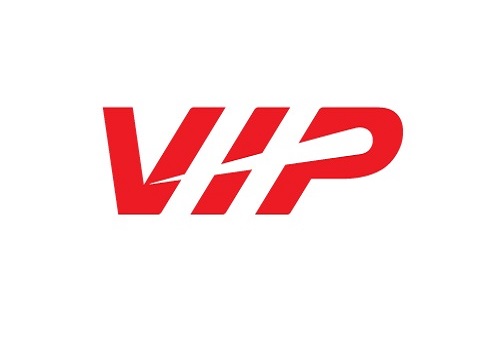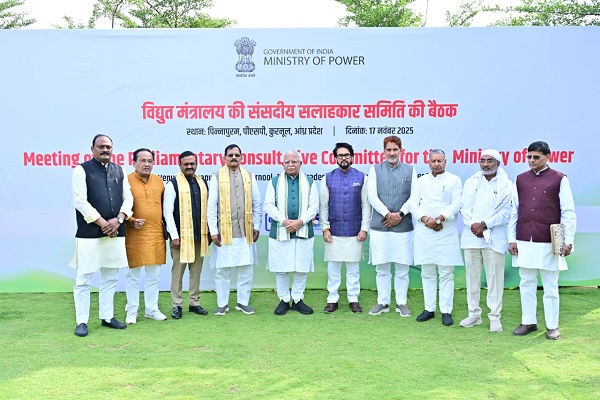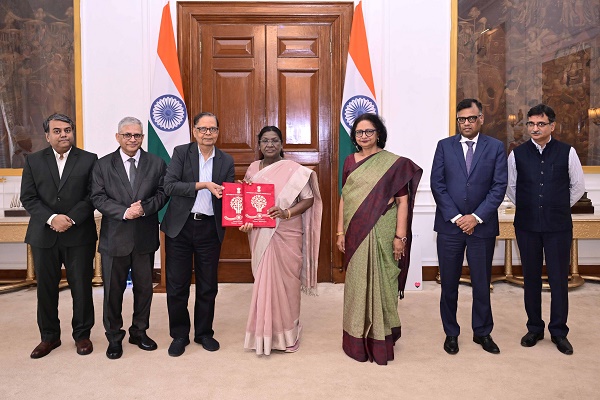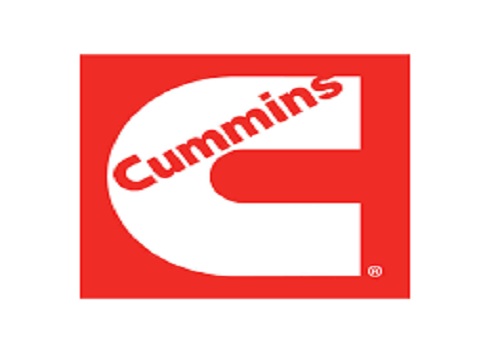Capital market to see 17-45% CAGR sustained revenue growth over FY24-27 : Motilal Oswal Financial Services Ltd

According to Motilal Oswal Financial Services Ltd. (MOFSL) report, the entire ecosystem of capital market – AMCs, Brokers, Exchanges, Intermediaries, and Wealth Managers – will see sustained growth in revenue (17-45% CAGR over FY24-27). The report titled ‘Indian Capital Market: A golden era!’ says that fixed cost nature will drive operating leverage for all segments, resulting in superior profit growth (12 - 75% CAGR over FY24-27). It says the high cash generation, healthy dividend payouts, and superior RoEs bolster MOFSL view in the entire capital market space.
MOFSL believes that the remarkable growth of the Indian Capital market in the past five years marks the beginning of a sustained, multi-year structural uptrend, fuelled by favourable demographic trends as more individuals enter the workforce, contributing to the expansion of the middle class. It says that digital enablers such as E-KYC, UPI, and Account Aggregation have played a key role in facilitating this growth. Regulatory reforms have further strengthened the ecosystem, enhancing transparency and security for investors. Consequently, MOFSL believe that AMCs, exchanges, brokers, wealth managers, and other intermediaries are well-positioned to capitalize on these emerging trends.
Stellar growth in the last five years…
The Indian capital market has experienced remarkable growth over the past five years from all perspectives. Demat accounts surged 4.4x (179m), NSE active accounts surged 4.9x (49m), Unique MF investors jumped 2.4x (50m), and Monthly SIPs climbed 3.2x (INR253b) from FY20 till Oct’24.


…Albeit, penetration is low
The report highlights low demat penetration at 12% vs. 62% for USA, turnover velocity 70% vs. 115% for NASDAQ, and MF AUM-to-GDP ratio 17% vs. the global average of 65%.
Opportunities aplenty
Over the next decade, the demographic dividend will accelerate, with over 100m people joining the workforce and about 100m households entering the middle-income class. The HNI and UHNI segments are also clocking 12% CAGR and are likely to sustain this momentum.
Digital India
The capital market ecosystem has benefited from UPI, while electronic Know Your Customer (E-KYC) processes have revolutionized the brokerage and mutual fund industries through the emergence of discount brokers, facilitating direct investment in mutual funds. This evolution is expected to continue driving substantial changes in customer behaviour and further stimulating growth.
Account aggregation – at an inflection point
MOFSL expects account aggregation (AA) to transform the personal finance industry, akin to payment industry transformation with UPI. The use cases of AA will drive digitization in wealth management, broking, and other segments and will enhance ‘right customer, right product’ delivery.
Regulatory changes strengthening ecosystem
Regulations have been tightened across ecosystem over the years to enhance customer safety and transparency. In spite of margin norms, TER regulations, and altered commission structures, business growth has been stellar, reflecting increased customer confidence and trust. Recently announced F&O regulations could hurt volumes intermittently, but expect the growth trajectory to pick up once the base is reset.
AMCs – SIPs the bedrock for sustained long-term growth
The MF industry’s AUM has clocked a 21% CAGR to reach INR69t in Oct’24, driven by an equity AUM CAGR of 29% (INR40t in Oct’24) over the past five years. This has been propelled by a 3.2x jump in SIP flows to INR253b in Oct’24. Nevertheless, the unique investor count is just at 50m, indicative of a stark under penetration (3% of the population). Wherein, systematic Investment Plan (SIP) is turning out to be a household name due to MFs.
According to MOFSL, AUM growth for the AMCs will be a factor of flows and MTM, which will depend on consistent fund performance. For the industry, it expects 15-18% AUM CAGR. Yields, however, could decline with the telescopic structure of TERs, but alterations to commission structures can protect them.
MOFSL believes scale benefits will improve profitability, leading to core earnings growth tracking AUM growth. Strong cash flow generation, high dividend payouts (50-90%) and superior RoEs (25%+) call for premium valuations in the space.
MOFSL initiate coverage on the sector with a BUY rating on HDFC AMC, Nippon AMC, ABSL AMC, and UTI AMC.
Exchanges and Brokers – regulations resetting the base
The demat account penetration in India is at 12% vs. 62% for the US. Discount brokers, through their digital offerings, are changing the paradigm, enabling rising awareness and adoption of equity in lower-tier towns and cities. The growth in volumes has been exponential, with ADTO for all segments (Equity F&O, Cash, and Commodities) growing multifold over the past five years. The Options segment has been the biggest driver for this growth. With SEBI bringing in measures to constrain the options segment, MOFSL expect an intermittent hit to volumes before the base is reset for the future growth trajectory. It says that in the new regulatory environment, discount brokers will have to evolve their pricing models to protect profitability, while exchanges will have to bring in product innovation to arrest the volume decline.
MOFSL have revised recommendation to BUY on BSE and Neutral on MCX. It reiterates BUY on Angel One.
Wealth Managers – multiple growth levers in place
With robust economic growth, the number of HNIs and UHNIs has been growing in India (at 12% CAGR), and their wealth is growing at a faster pace, aided by buoyant equity markets. However, the penetration of organized wealth management continues to be very low (at 15% vs. 75% in the developed world).
The report highlights that Inter-generational wealth transfer is a key trend that will drive the adoption of organized wealth management, as the new generation prefers newer investment avenues – AIFs, PMS, REITs/INVITs, and international investing – over traditional assets such as fixed deposits, gold, and physical real estate. It says that expansion into lower-tier cities and widening the customer cohorts to include mass affluent by organized wealth managers will be the next trigger for growth. MOFSL expets investments in technology to garner growth in the phygital model, coupled with increased adoption of the AA framework, will be vital. Companies have invested in adding RMs over the past couple of years and are set to see scale benefits arising in the near to medium term, leading to RoE improvements.
With capabilities to serve the customer across asset classes, AUMs and client stickiness are relatively high amongst wealth managers. Further, healthy RoEs (25%+) and strong cash generation leads to premium valuations in the space.
MOFSL report initiate coverage on Nuvama Wealth with a BUY rating, while assigned a Neutral rating to Prudent and Anand Rathi. It reiterates BUY rating on 360 One WAM.
Intermediaries – deepening the moat
RTAs and depositories will be the strong beneficiaries of the expected strong traction in broking, MFs, exchanges, and wealth managers. With both sub segments having duopolies and strong entry barriers, the risk of intensifying competition is almost negligible. Digitization has been the backbone of these intermediaries, and having invested in technology ahead of time will continue to aid deeper financial penetration in the country. These companies are leveraging their existing skill sets and technology to diversify their offerings across new avenues. RTAs are expanding their expertise in the MF business to AIFs, PMS, insurance, and lending businesses.
While the MF business prospects are linked to MF industry AUM growth, MOFSL envisage growth in the non-MF businesses for RTAs to be relatively much stronger as incremental adoption gathers momentum. Having invested in the non-MF segments over the past few years, the profitability of these segments is likely to improve significantly in the next couple of years, driving a relatively strong earnings growth (20%+ CAGR over FY24-27). RoEs are likely to be above 30%. This segment commands the highest premium valuations among capital market plays, led by lower cyclicality and a strong financial matrix.
Above views are of the author and not of the website kindly read disclaimer
























